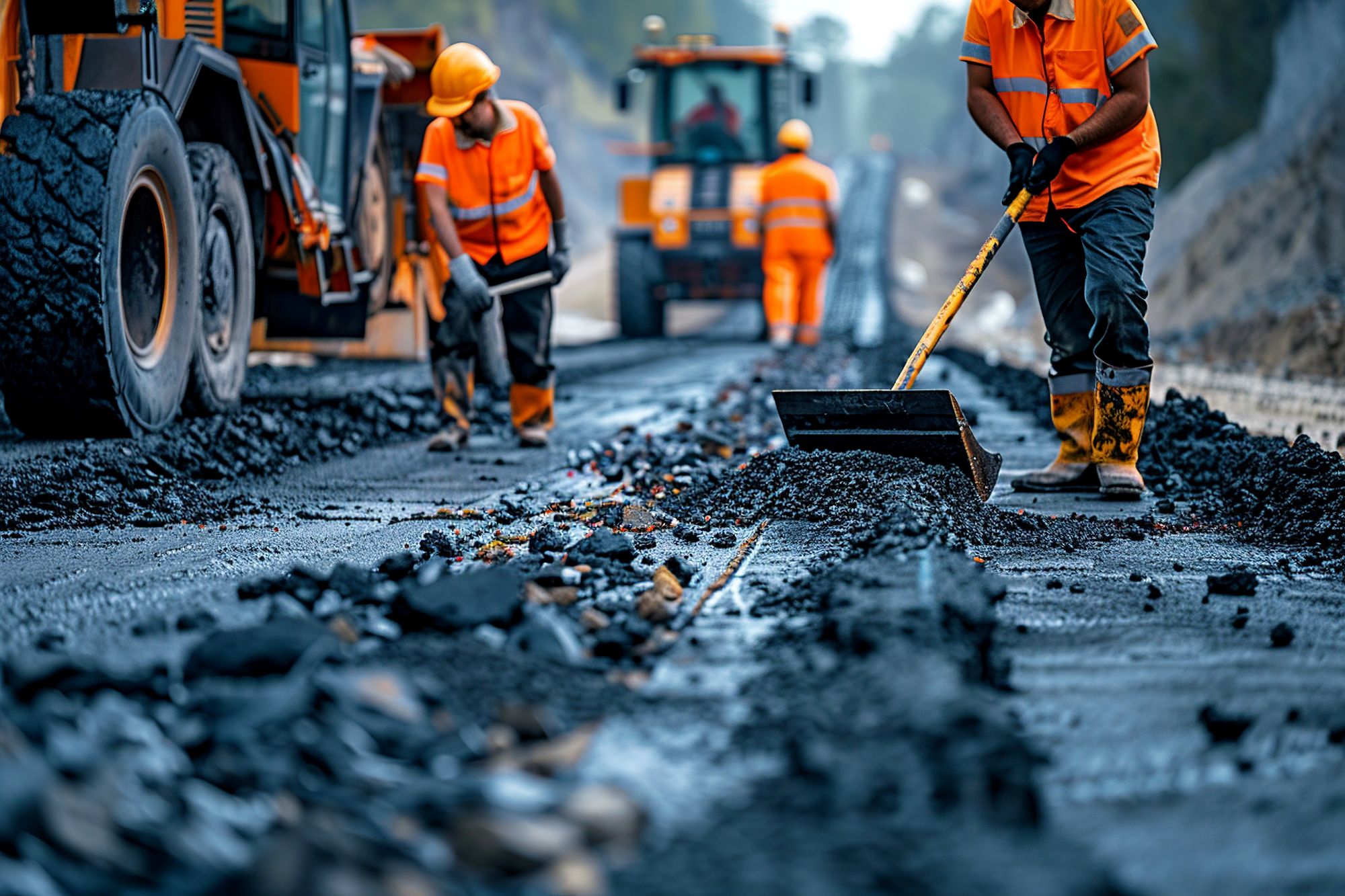
Susie Jones
Недостиг на шофьори в Обединеното кралство: Подобрява ли се броят на шофьорите?
Създаден: 12.02.2025
•
Актуализирано: 12.02.2025
На всеки, който работи в сектора на товарните превози, не е чужд терминът "недостиг на шофьори" - твърде често срещана фраза, след като COVID-19 и Brexit нарушиха правилата в сектора. През това време Обединеното кралство беше силно засегнато, като много шофьори от ЕС напуснаха страната - голяма загуба, тъй като европейските шофьори съставляваха значителна част от работната сила на страната, управляваща камиони.
Шест месеца след нашата статия по този актуален въпрос разглеждаме състоянието на сектора в момента.
Броят на професионалните шофьори в Обединеното кралство се увеличава.
Данните, публикувани от Logistics UK, показват увеличение на броя на заетите шофьори на тежкотоварни автомобили с почти 55 000 души през последната година - увеличение с 21%.
Какво се промени, за да привлече повече водачи?
Няколко инициативи бяха осъществени, за да се намали недостигът на шофьори в Обединеното кралство.
Финансиране: Правителството е осъществило 33 инициативи, насочени към облекчаване на недостига. Те включват, но не се ограничават само до облекчаване на правилата за доставка на стоки в супермаркети до късно през нощта, лагери за обучение на шофьори и увеличаване на броя на наличните шофьорски изпити.
Условия на труд: Шофьорите на камиони призовават за по-добри условия на труд в Обединеното кралство, като 55 % от тях искат подобряване на условията. Правителството на Обединеното кралство е предоставило 16 милиона паунда на спирките за камиони за подобряване на условията.
- Социални медии: Влиятелните личности изиграха значителна роля в промяната на общественото възприятие за индустрията. Шофьори като Trucker Liam и Jodi Smith използват своите платформи, за да изтъкват възходите и паденията на работата в сектора.
Остава несъответствие във възрастта.
Логистиката в Обединеното кралство също така съобщи, че броят на шофьорите на възраст под 35 години е нараснал с 31 630 между третото тримесечие на 2023 г. и третото тримесечие на 2024 г. Въпреки това индустрията все още разчита на по-възрастните шофьори - над 53% в сектора са на възраст 50 и повече години.
В доклад на RHA, озаглавен Шофьорите на камиони: жизненоважната връзка, се предлагат инициативи за привличане на млади хора в бранша чрез:
Пълноценно прилагане на 8-те критерия на Гетсби за осигуряване на ефективна система за кариерно ориентиране на всички ученици в училищна възраст с цел повишаване на осведомеността.
засилване на сътрудничеството с училищата и колежите.
разработване на официална училищна или колежанска квалификация, като например T-Level.
Включване на модули по логистика в настоящата учебна програма.
Използване на подкрепяните от правителството инициативи, включени в програмата "Да направим работата платена", за представяне на логистиката като достъпна и удовлетворяваща кариера.

Какво още трябва да се промени?
Въпреки че вече е започнала работа за справяне с недостига на шофьори, трябва да се положат още усилия, за да се избегне повторение на ситуацията от 2021 г:
Трябва да се осигури по-голямо държавно финансиране за спирките за камиони, за да се подобрят съоръженията.
Осигуряване на постоянна подкрепа за начинаещи шофьори, включително обучителни лагери за намаляване на разходите за обучение.
предлагане на по-голяма гъвкавост в рамките на новата такса за растеж и умения.
Сътрудничество с училища и колежи на местно ниво за насърчаване на кариерата в индустрията.
Защо шофьорите на тежкотоварни автомобили напускат бранша?
Шофьорите на тежкотоварни автомобили напускат бранша по различни причини:
Застаряваща работна сила: Тъй като много шофьори на камиони са над 50-годишна възраст, в бранша се наблюдава наплив от пенсиониращи се шофьори.
Работно време: Товарните превози са самотна професия, в която шофьорите работят дълго, нередовно и бездруго.
Условия на труд: Съществуват значителни опасения относно състоянието на помещенията, дългите часове и непредсказуемите графици.



